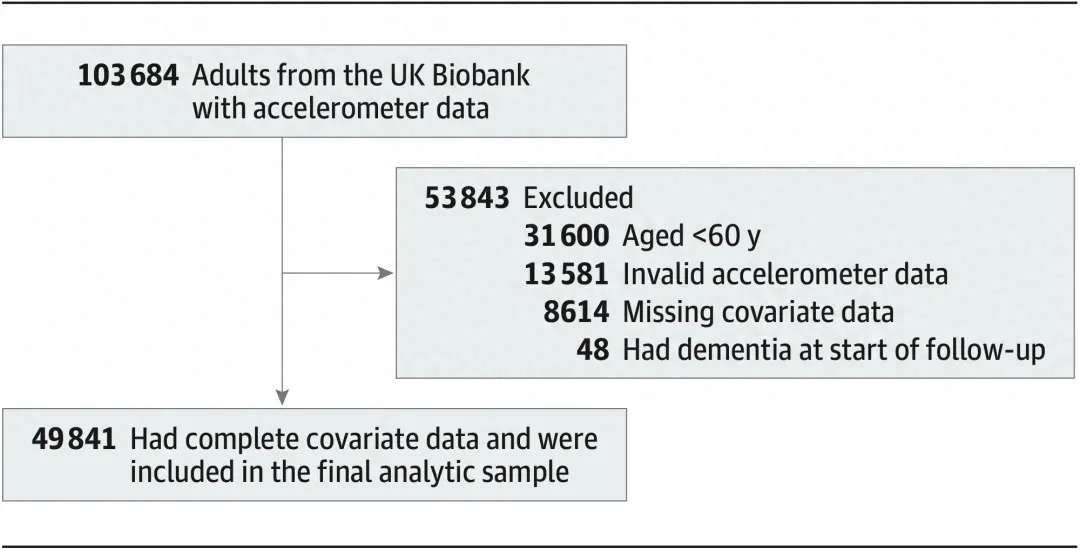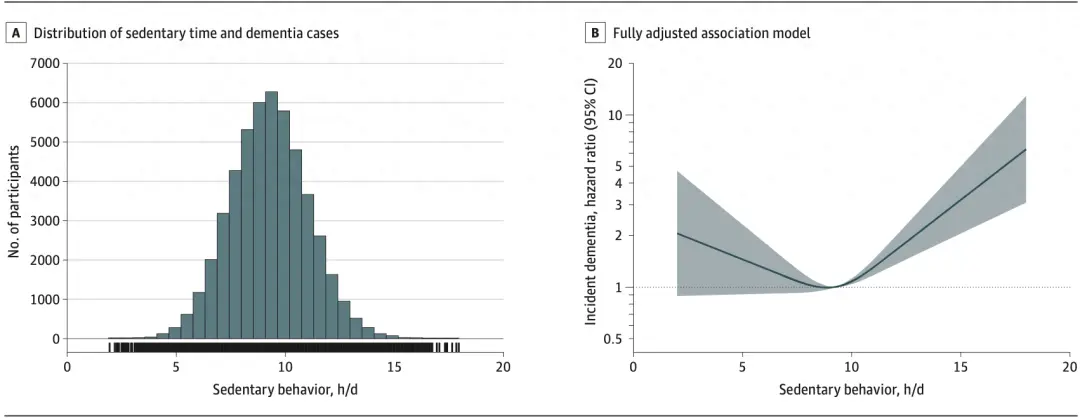Introduction
A recent study led by David A. Raichlen from the University of Southern California has shed light on the potential harmful effects of prolonged sitting on the brain. Published in the prestigious Journal of the American Medical Association (JAMA), the study followed nearly 50,000 individuals aged around 67 for an average of 6.72 years. The findings revealed a significant association between sedentary behavior and an increased risk of developing dementia.
Defining Sedentary Behavior
Sedentary behavior refers to any activity where energy expenditure is less than or equal to 1.5 metabolic equivalents (METs) while awake, such as sitting while using a computer, watching TV, or driving. Simply standing up increases energy expenditure to above 1.6 METs. Raichlen noted that over half of Americans spend more than 9.5 hours per day in sedentary activities. Although there have been numerous studies linking sedentary behavior to cardiovascular diseases and mortality, the relationship between sedentary behavior and dementia has been less explored.

The Study
To investigate the association between sedentary behavior and dementia, Raichlen's team analyzed data from 49,841 individuals aged 60 and above (mean age 67.2) from the UK Biobank. These participants wore wrist accelerometers to record their sedentary behavior, and none of them had a diagnosis of dementia at the time of wearing the devices.
During the average follow-up period of 6.72 years, 414 participants were diagnosed with dementia. Compared to those who sat for 9.27 hours per day, individuals who sat for 10 hours had an 8% increased risk of developing dementia (HR=1.08, P<0.001), while those who sat for 12 hours had a 63% increased risk (HR=1.63, P<0.001), and those who sat for 15 hours had a 221% increased risk (HR=3.21, P<0.001). After adjustment, the incidence rates per 1000 person-years were 7.49 (9.27 hours of sitting), 8.06 (10 hours of sitting), 12.00 (12 hours of sitting), and 22.74 (15 hours of sitting).

Implications and Future Directions
From the results of Raichlen's study, it is evident that there is a non-linear relationship between daily sedentary time and the incidence of dementia. After approximately 10 hours of sitting per day, the risk of developing dementia increases. Furthermore, the longer the duration of sedentary behavior, the higher the risk of dementia. However, it is important to note that this retrospective study can only establish an association between sedentary behavior and dementia, and further prospective studies are needed to confirm causality.
In the meantime, there are steps we can take to prevent dementia, as numerous studies have already shown the link between physical activity and a reduced risk of dementia. For example, a study from the University of California, San Diego found that for women aged 65 and above, every additional 1865 steps per day was associated with a 33% lower risk of mild cognitive impairment or dementia. Other studies have shown that activities such as doing household chores and socializing with friends and family are associated with a 21% and 15% lower risk of dementia, respectively. Additionally, engaging in 3-6 hours of exercise per week has been linked to a 38% lower risk of dementia in older adults.

In conclusion, preventing dementia may be simpler than we think. By reducing sedentary behavior and increasing physical activity, we can potentially lower the risk of developing this debilitating condition.




